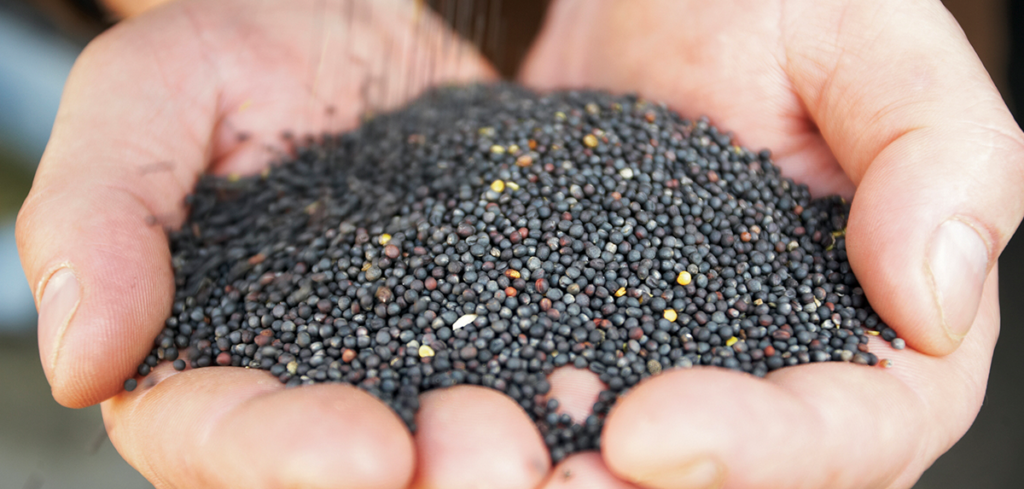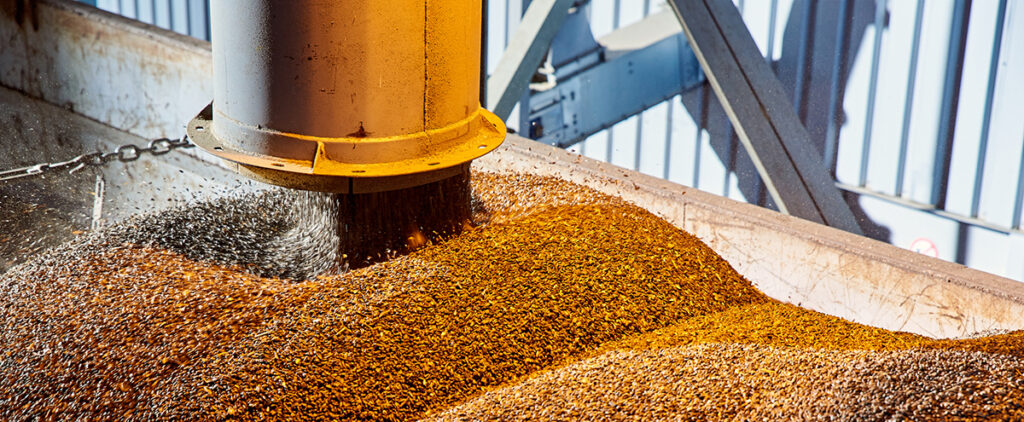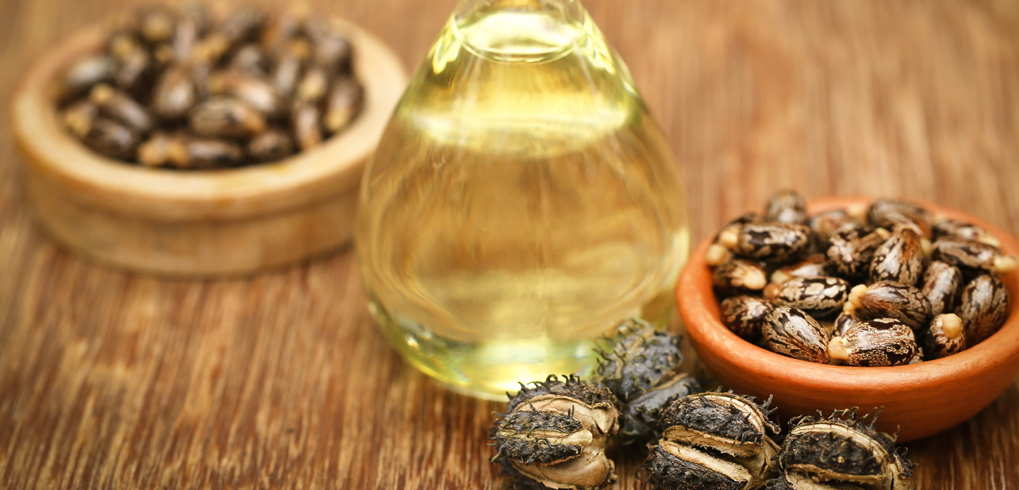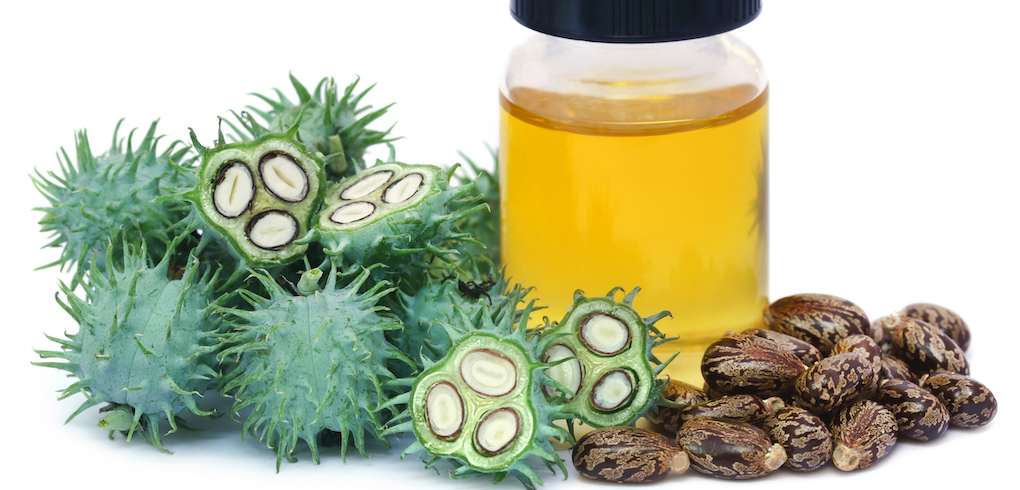Nearly every seed is protected by an outer covering, or hull, that contains very little fat or protein content. In the oilseed processing industry where fat and protein drive the value of products, removing this hull can help maximize the profits of the other byproducts. But adding dehulling equipment adds operational expenses, so processors must…
The Economics of Dehulling Oilseeds









